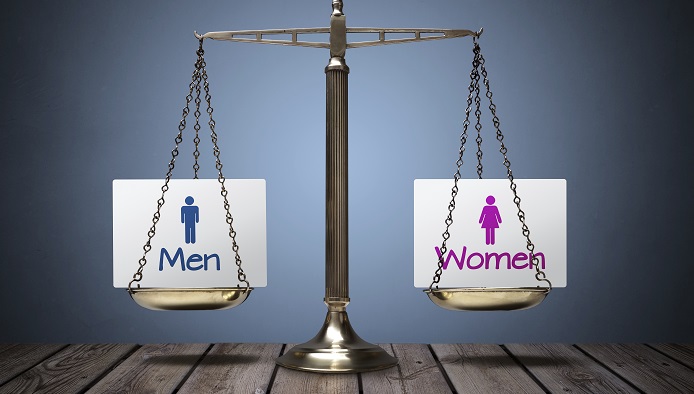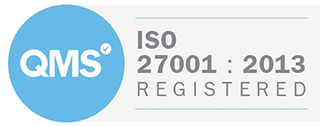
Gender Pay Gap
The Royal Statistical Society has made 10 gender pay gap recommendations to improve the current reporting system, which it considers to be flawed in a number of ways. For example, many of the first round of reports contained figures that were self-evidently wrong, such as one employer who stated that the gender pay gap was 121%, which meant the median female employee earned -£0.21 for every £1 earned by her median male counterpart. RSS have also identified that unprincipled employers may easily manipulate the figures. They have therefore published a report which makes recommendations to improve the reporting system both for the employers who use it and to better meet the purpose of gender pay reporting.
The 10 points are as follows:
Recommendations 1-3
A clearer, more consistent system:
- Gender pay data should be presented in a clearer and unambiguous format – always in pounds and pence, not percentages.
- Improve government guidance to employers, especially over the calculation of the median gender pay gap.
- Similarly, improve government guidance to employers over the use of income quartiles.
Recommendations 4-5
Increased, accuracy via free online tools:
- Provide free online calculators to help increase the accuracy of gender pay gap reporting.
- Ensure that online gender pay calculators have built-in ‘sanity checks’, to ensure accurate reporting and prevent statistically implausible entries.
Recommendations 4-5
Protecting the system’s integrity:
- The gender pay gap should be calculated by quartile as well, to make it harder for the system to be ‘gamed’. (Organisations are already required to split their employees into income quartiles, but RSS believe it is reasonable to ask them to calculate the median gender pay gap within each quartile.)
- Publish each employer’s annual results, side-by-side, to make it easy for trends and progress to be assessed.
Recommendations 8-9
Safeguarding smaller employers:
- Organisations which employ fewer than 100 women (or men) should be flagged.
- Keep the current reporting threshold at 250 employees. (The BEIS Select Committee recommended reducing the threshold to employers with 50 employees. However, RSS considers this could create a real risk of smaller employers being unjustly accused of gender-based pay discrimination when, in reality, the difference between their men’s and women’s earnings could be down purely to chance.)
Recommendations 10
Statistical skills for HR professionals
- Improve statistical skills among human resources professionals.
Further reading:
People Management
https://www.peoplemanagement.co.uk/news/articles/only-one-in-five-plan-fix-gender-pay-gap
https://www.peoplemanagement.co.uk/news/articles/organisations-not-ready-potential-hikes-gender-pay-gap
Auto-enrolment Pension Contributions
On the 6th April, the minimum contributions an employer has to pay toward this type of pension increased from 1% to 3%, with the qualifying employee having to contribute the remainder, to generally make a total minimum of 8%. Research conducted by the Institute for Fiscal Studies (IFS) has suggested there has been a dramatic increase in the number of people who are employed by small businesses and the Federation for Small Businesses is warning that the 2% increase will have a substantial impact on their finances and their time spent on setting up a provider. The research by the IFS shows that 70% of those employed by a small business are now in an auto-enrolment scheme.
Further reading:
People Management https://www.peoplemanagement.co.uk/news/articles/government-green-lights-pension-scheme-promises-reduce-employer-burden
Institute for Fiscal Studies https://www.ifs.org.uk/publications/14013
Pensions Statistics – 2018 and 2017
The following data was recently published by the Office for National Statistics. These are the main points learned from 2018 data (which is provisional) and the 2017 data (which may have been revised from previous publications).
- Over three-quarters (76%) of UK employees were members of a workplace pension scheme in 2018, up from 73% in 2017; this is a 29 percentage points increase compared with 2012, when automatic enrolment was introduced.
- The number of employees with defined contribution (pension wealth dependent upon factors such as investment performance) workplace pensions has increased considerably in recent years; in 2018 the proportion of employees with workplace pensions of this type (34%) almost equalled that of defined benefit (which guarantee a specific retirement income, 36%).
- Both the public and private sectors saw a rise in the share of employees with a workplace pension between 2017 and 2018, with the private sector seeing the largest growth; 90% of public sector and 72% of private sector employees were participating in an occupational pension in 2018 with the gap between these sectors narrowing.
- In 2018, employees aged outside automatic enrolment age eligibility (less than 22 years or over State Pension age) had low proportions of workplace pension participation (35% or less), whereas approximately 80% of employees within the age boundary criteria were members of their workplace pension scheme.
- Private sector employers with 1 to 99 employees had the largest growth in workplace pension membership between 2017 and 2018, from 51% to 62%; however, this group still had the lowest rate across the public and private sectors.
- The proportion of defined contribution scheme members contributing between 2% and 3% of their earnings rose to 38% in 2018, up from 6% in 2017, while the share contributing less than 2% fell; this is likely to be explained by the phasing of automatic enrolment minimum contribution levels.
- The vast majority (85%) of defined benefit pension members received employer contributions equivalent to 12% or more of their earnings in 2018, while just 8% of defined contribution members received employer contributions of this size: this reflects the legal requirement on employers to ensure defined benefit schemes are funded sufficiently to pay future pensions.
Further reading:
Office for National Statistics
https://www.ons.gov.uk/peoplepopulationandcommunity/personalandhouseholdfinances/pensionssavingsandinvestments
Further HR Guidance
The HR Knowledge Base is an online resource that makes it easy for thousands of HR professionals across the UK to access HR information, including advice on topics such as Employment Law, Redundancy, Recruitment, Grievance and Disciplinaries, Absence Management, Performance Management and much more. To find out more visit: https://hrstemp.worknest.tech/services/business-hr-solutions.








